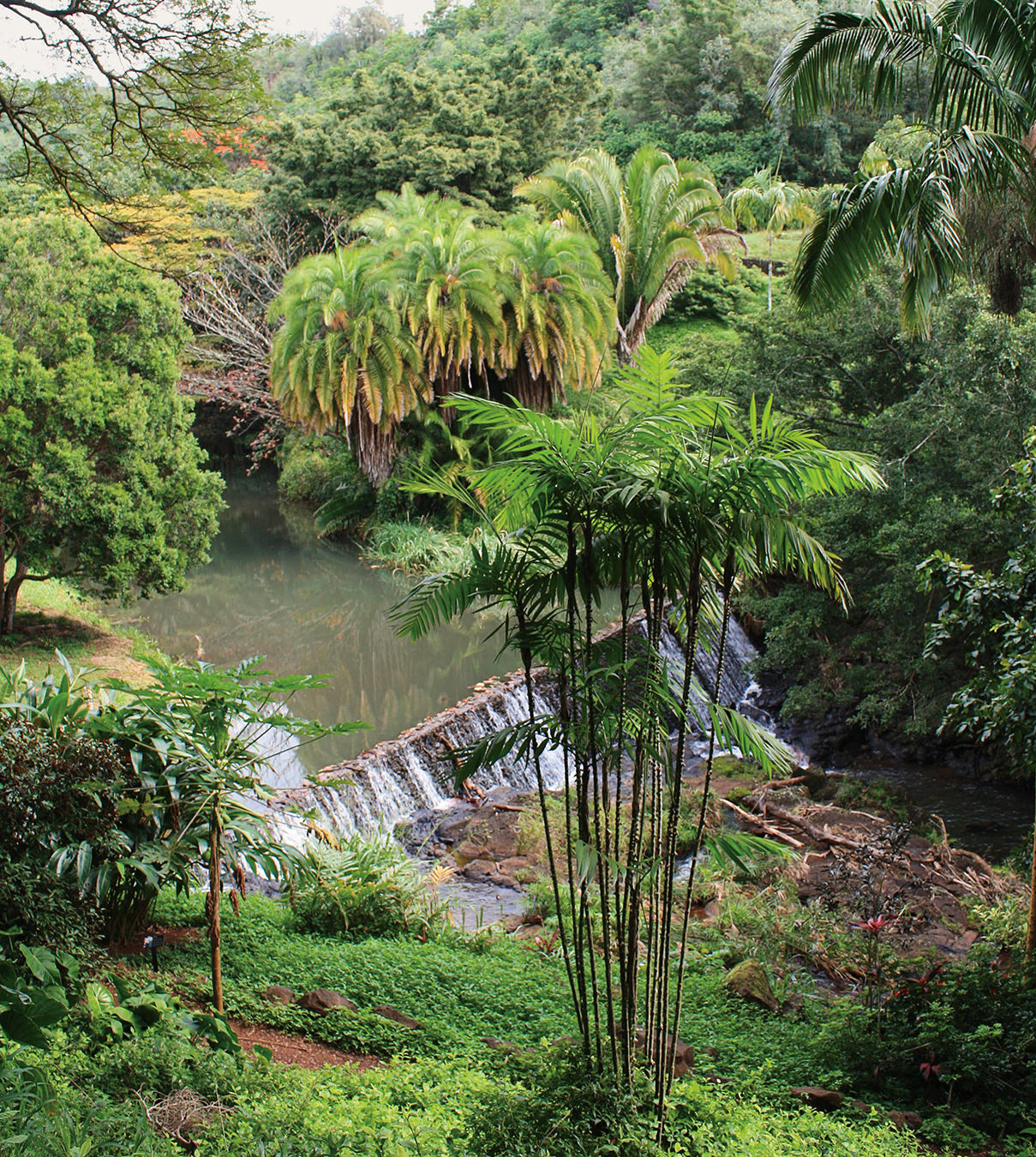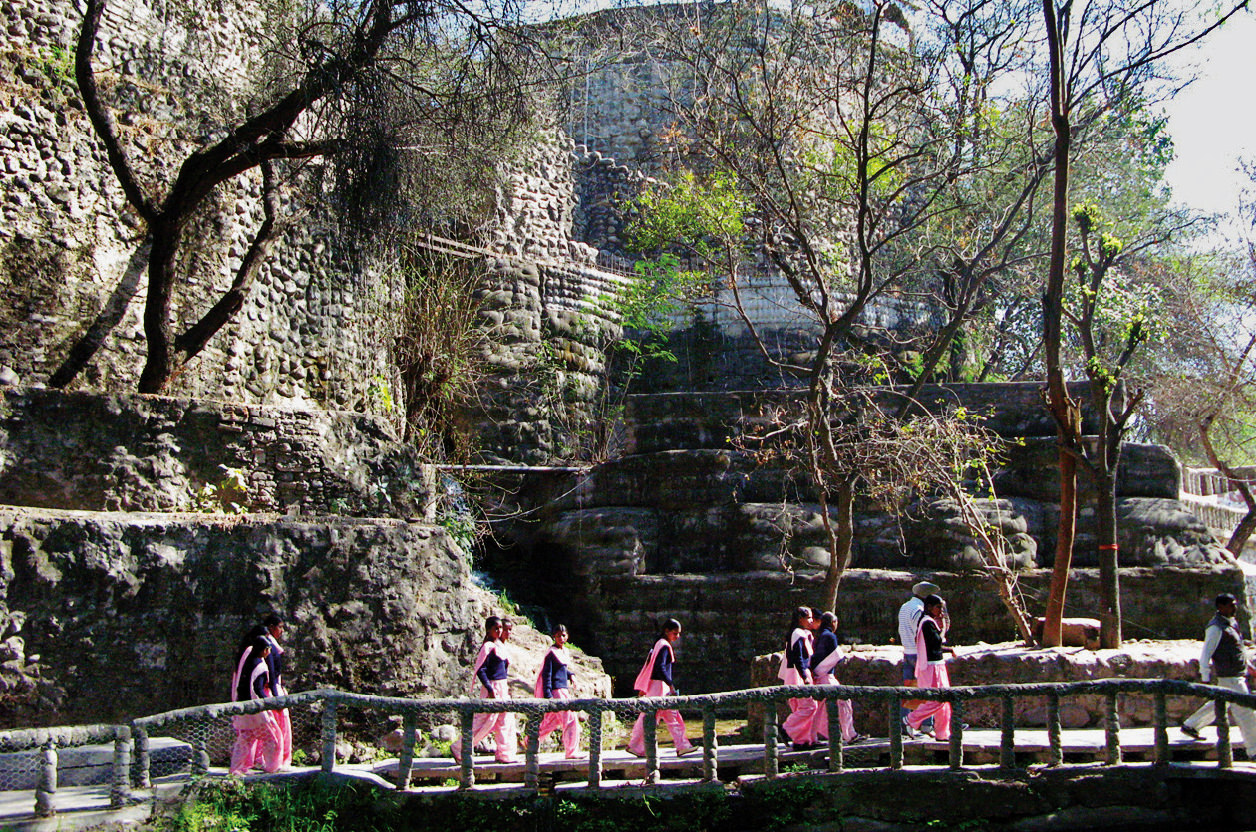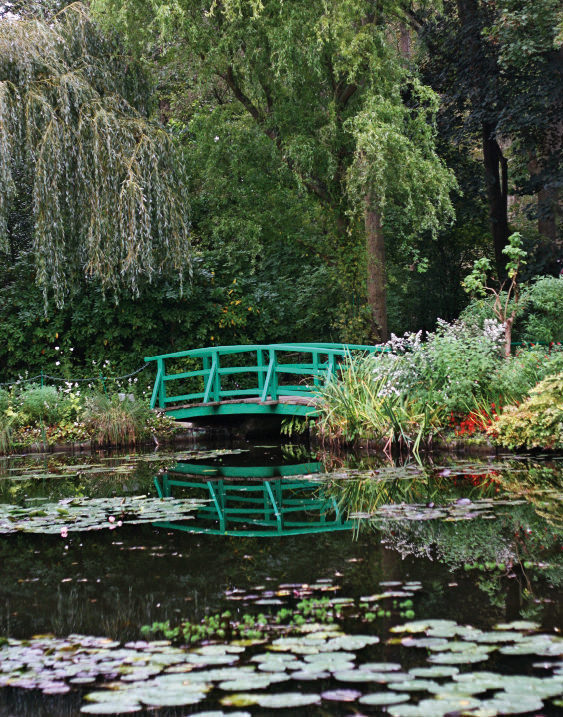-

Tranquility suffuses the 9.1-acre Portland Japanese Garden. Photo by Julia Taylor.
-
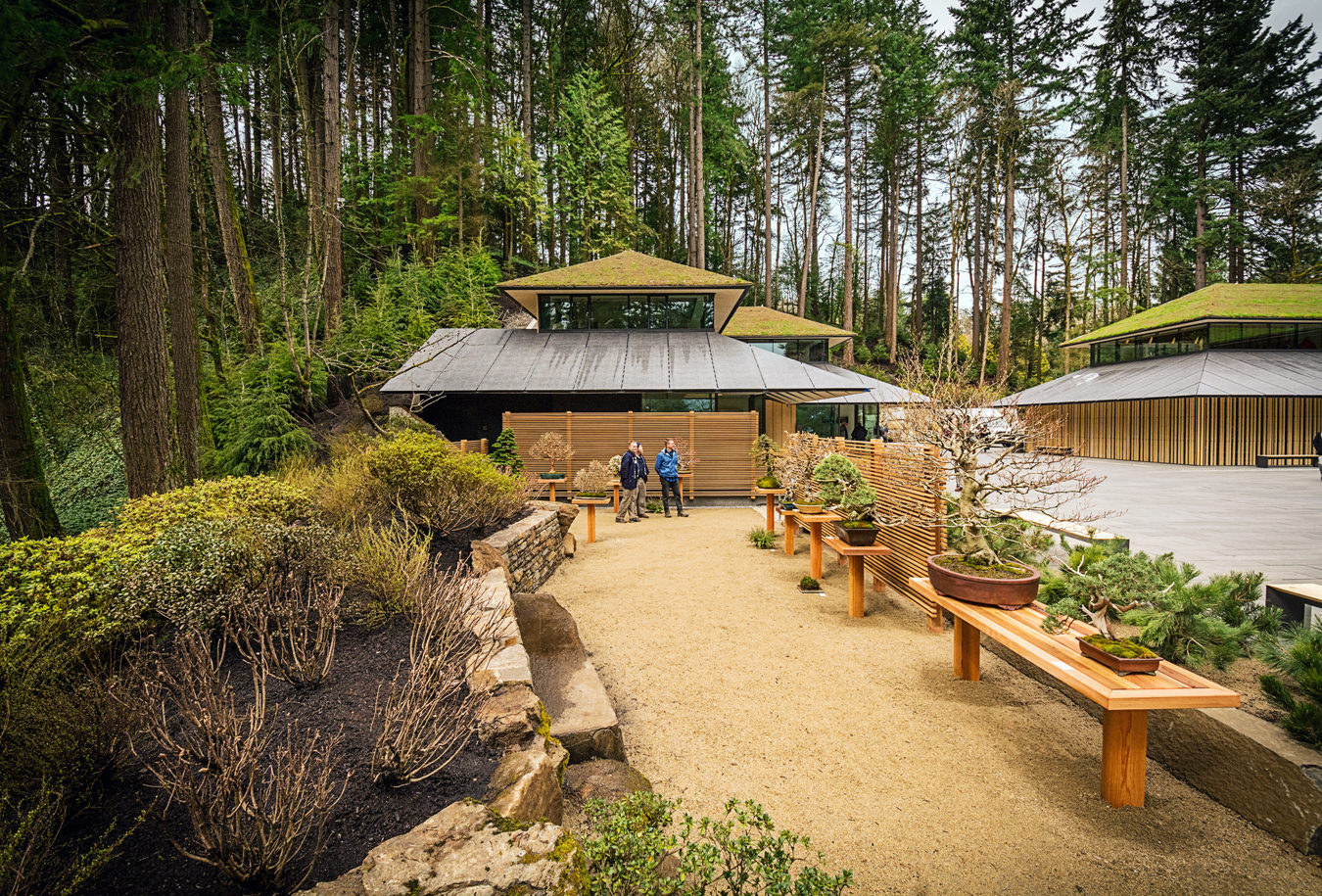
The Garden House is one of the new pavilions designed by architect Kengo Kuma. Photo by Bruce Forster.
-

The garden’s antique gate sits among Douglas firs. Photo by Roman Johnston.
-

Overlooking the Sand and Stone garden in the morning light. Photo by Roman Johnston.
-

A view of the Umami Café from Sheila’s Bridge. Photo by Bruce Forster.
-
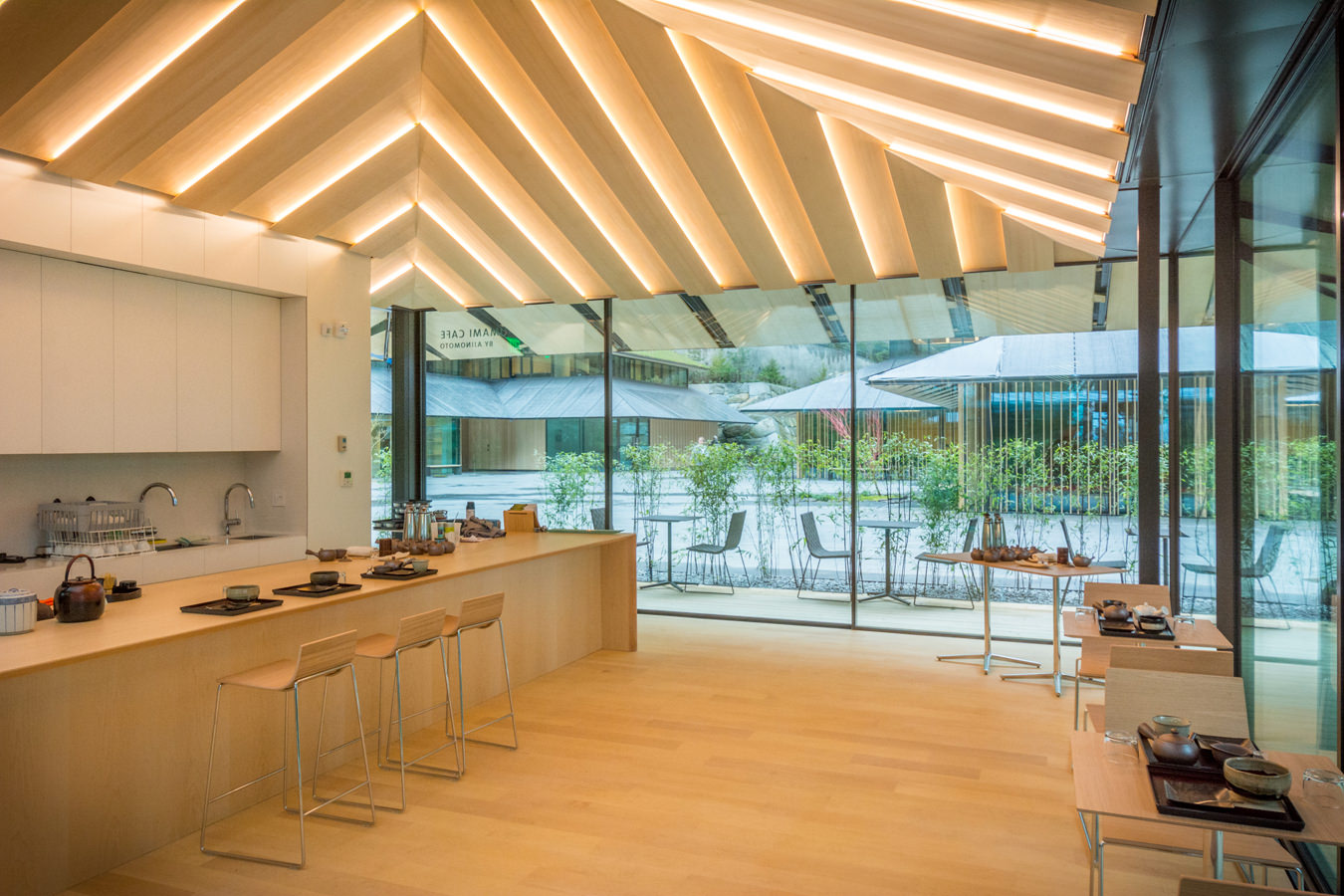
Inside the Umami Café. Photo by Bruce Forster.
-

A stop at the Umami Café is essential. Photo by Bruce Forster.
-
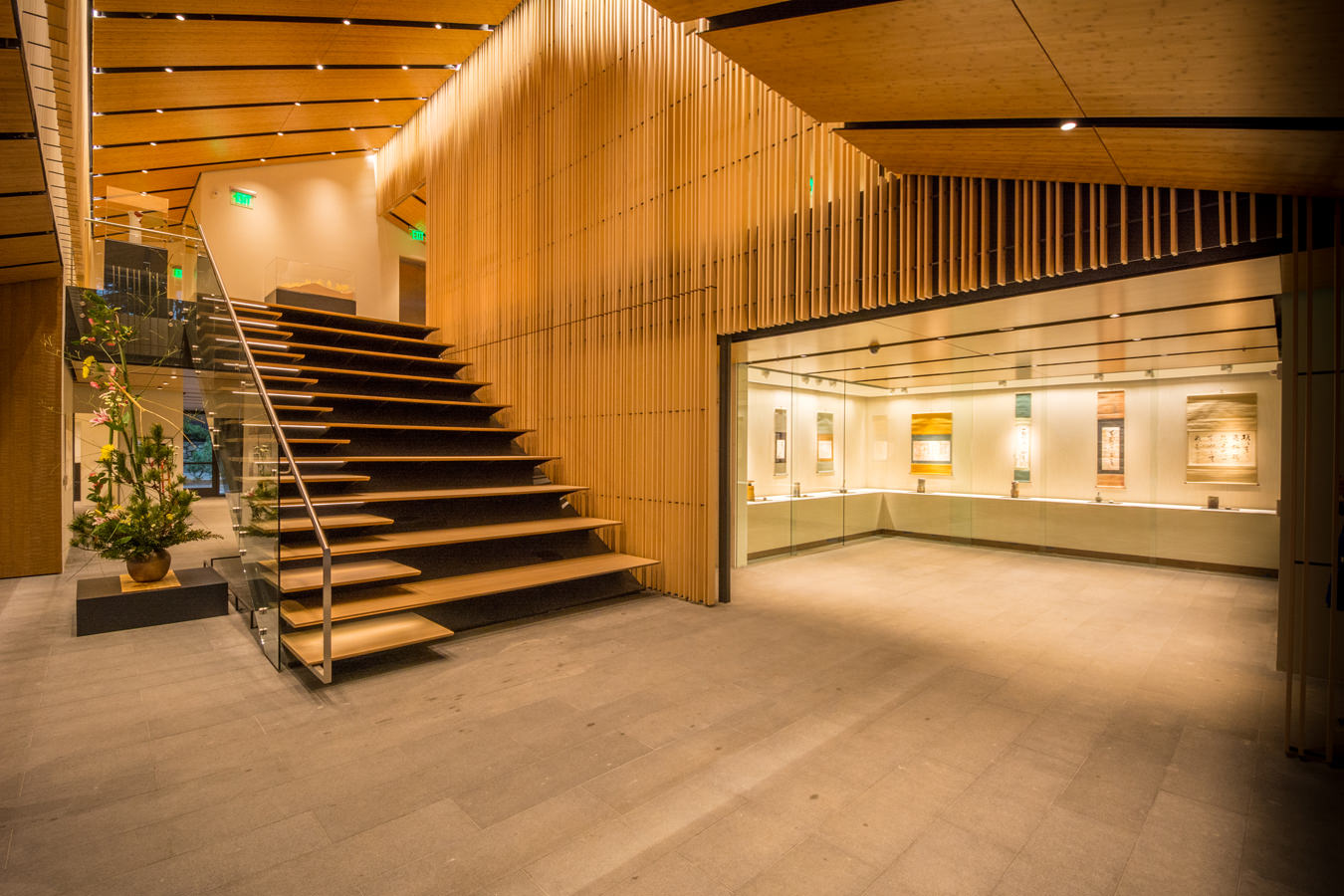
The Jordan Schnitzer Japanese Arts Learning Center. Photo by Bruce Forster.
-

The Flat Garden from beneath a weeping cherry tree. Photo by Jonathan Ley.
Kengo Kuma’s Cultural Village
Serenity now.
You have to look up—way up—to find the Portland Japanese Garden, located on a hill within the city’s Washington Park. The tranquil 9.1-acre space, designed by Takuma Tono and opened in 1967, is regarded as one of the best Japanese-style gardens outside Japan. And yet, in recent years, the garden seems to have been overshadowed by Portland’s abundance of buzzy offerings: food trucks, craft breweries, bike tours, and the like. But things are changing, thanks to a new addition: the Cultural Village at Portland Japanese Garden, designed by renowned architect Kengo Kuma.
To access the garden, guests take a shuttle or, better, walk up a gravel pathway under a canopy of old-growth Douglas firs before passing through a wooden threshold. This preamble acts as a kind of forest meditation—a primer for what’s to come inside: five distinct garden sections, including a raked sand garden dotted with lichen-covered stones; a strolling pond garden with bridges, irises, and Japanese maples that turn crimson come autumn; as well as a traditional Japanese tea garden for quiet contemplation. There are choose-your-own-adventure paths throughout and, on an clear day, views of Mount Hood. Unsurprisingly, when Kuma first visited the garden, he was struck by its beauty.
“It is a very interesting combination of the local landscape, with the big trees and the human scale of the garden,” he reflects. “It reminds me of satoyama [a village in a mountain foothill].” And with that notion, the Japanese architect moved forward in creating the $33.5-million (U.S.) Cultural Village in a similar format, sourcing elements from the Pacific Northwest. “In Portland, the proximity to nature is very different than in other places,” Kuma observes. “We can always feel nature just next to us, which is particularly important in Japanese gardens.”
Kuma also drew inspiration from the Katsura Imperial Villa—a palace in the suburbs of Kyoto. “While many architects are interested in the silhouette of a building, I am more concerned with ‘particlization’,” he adds. “The size of the particles reflects the relationship between the human body and architecture, and if the particle of the building is bigger than the size of the human body, it’s not a friendly building.”
The Cultural Village melds the garden’s existing formations while playing host to gallery spaces, classrooms, informative displays, and the picturesque Umami Café, where it is essential to take time for tea. Constructed using Port Orford cedar and Tyvek (that emulates rice paper) and built as a cantilevered space over the hillside, it appears to float in nature. Another must-visit structure is an authentic castle wall rising almost six metres; 800 tons of local granite was used in its creation, led by 15th generation Japanese stonemason Suminori Awata.
Craftsmanship and process are critical to many Japanese artisanal traditions, and the Cultural Village will hold demonstrations weekly as part of the garden’s augmented cultural programming. Upcoming, there will be rotating Art in the Garden exhibits, the next of which is Kabuki: A Revolution in Color and Design (July 29–September 3), an exploration of Japan’s performance art through fanciful elaborate costumes. Additionally, in 2018, the International Japanese Garden Training Center will open to the public, with the goal of merging apprentice-based learning with academic studies for practices such as tea ceremonies, calligraphy, and gardening.
When seated in a meditative corner of this pristine hilltop oasis, it’s easy to find oneself reflecting upon the garden’s seamless combination of Oregonian character with Japanese culture. In fact, Kuma notes that the design, to him, is like a metaphor for a bridge. “First,” he says, “it is an architectural and cultural link that binds the U.S. and Japan. Second, it joins the East and West via experience and mentality. Third, it draws together designers and craftsmen on both sides of the Pacific to trade ideas and knowledge, representing the best in shared thinking.”
Portland Japanese Garden, 611 SW Kingston Ave, Portland, OR 97205, USA.
_________
Never miss a story. Sign up for NUVO’s weekly newsletter.

